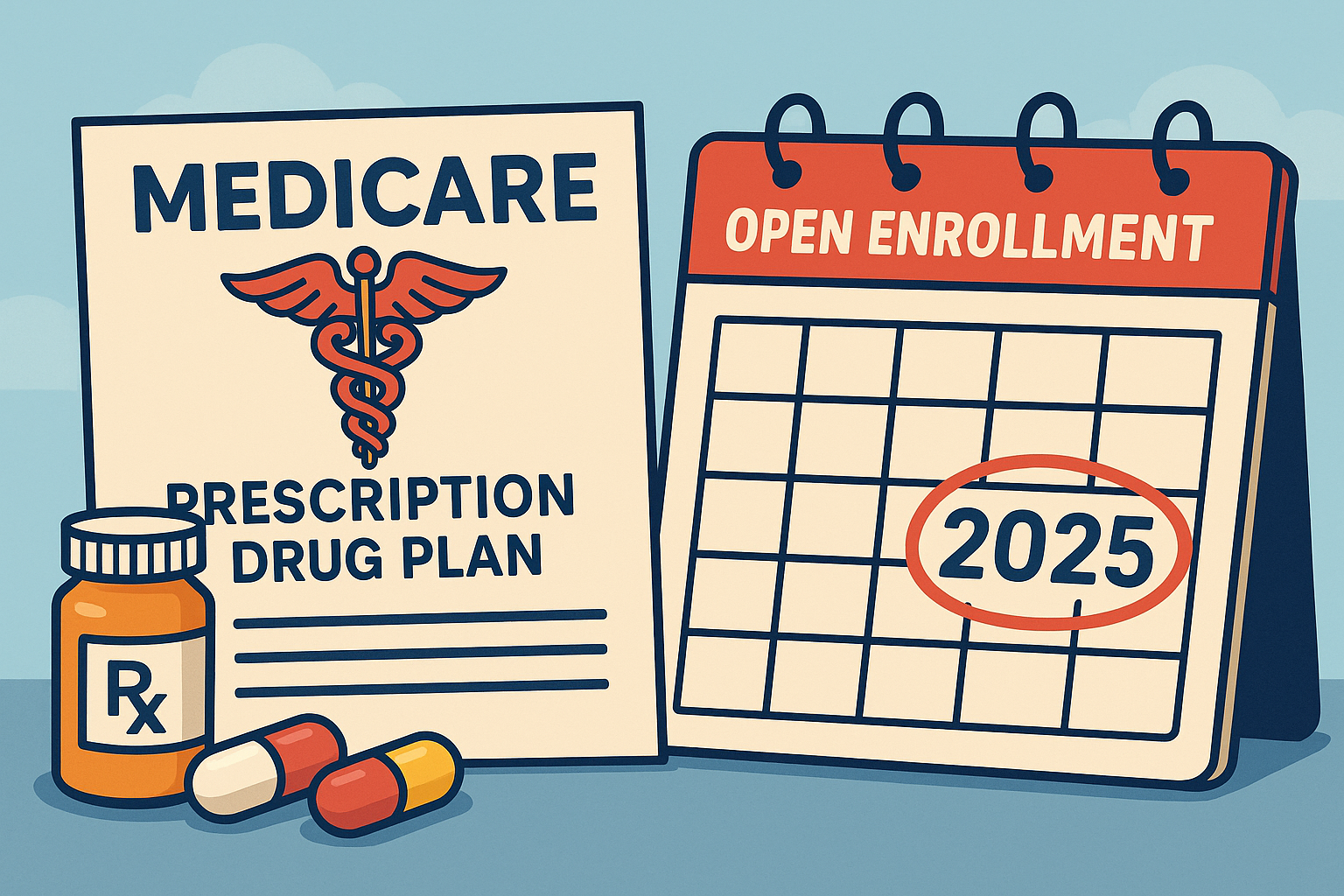In 2025, employers are facing a perfect storm — rising healthcare costs, tighter labor markets, and an increasingly discerning workforce that expects more from their employers. For many small and midsize businesses, employee benefits have shifted from being a compliance exercise to a key strategic lever in attracting and retaining top talent.
At CorpStrat, we see this shift every day. Companies that treat benefits as a cost center are falling behind. Companies that treat benefits as a strategic investment are winning.
The New Benefits Reality
The U.S. benefits landscape is changing fast. Premiums continue to rise, plan designs are evolving, and employees are demanding transparency and flexibility. But the biggest change isn’t in the plans themselves — it’s in perception.
Employees now view benefits as a direct reflection of company culture and leadership priorities. When employees understand why their benefits exist and how those benefits support their personal and financial wellbeing, they’re more engaged, loyal, and productive.
That’s where the smartest employers are doubling down: not just on plan design, but on strategy, communication, and purpose.
What the Market Is Showing
Our benchmarking and benefits survey work has shown a clear trend: employers who regularly review and adjust their plans — instead of “set it and forget it” — are seeing measurable savings and stronger employee satisfaction.
Across industries, we’re seeing:
- Creative cost-sharing models that promote fairness and sustainability
- Self-funded and level-funded health plans gaining traction for flexibility and transparency for larger firms
- Voluntary benefits expanding as employees seek customization — from legal plans to long-term care
- And most importantly, better education on how to use benefits effectively
In a world where the average employee only spends minutes reviewing their benefits each year, communication is your single biggest competitive edge.
Three Tactical Moves Every Employer Should Make Now
1. Reframe Your Benefits Narrative
Stop listing benefits. Start telling a story.
Instead of “we offer health, dental, and vision,” say “we’ve built a program that protects your family’s health, finances, and future.”
Employees connect to outcomes, not line items.
Use every open enrollment, staff meeting, and onboarding moment to reinforce that message: your benefits are a cornerstone of your culture, not just paperwork.
2. Design for Cost Control and Flexibility
A one-size-fits-all approach is outdated.
Use data to benchmark your plans and find opportunities for smarter cost control — whether that means increasing employer contributions strategically, introducing HSA-compatible plans, or leveraging self-funded models.
This is where CorpStrat’s strategic benchmarking reports make the difference: we identify how your benefits compare to peers, spot cost anomalies, and align your plan design with your workforce demographics.
3. Communicate Like a Partner
Even the best plan fails if employees don’t understand it.
Use clear, visual, and frequent communication — not once a year at renewal. Send micro-communications that explain one feature at a time. Record quick videos. Host short “Benefits in 10 Minutes” sessions.
When employees understand their benefits, they make smarter choices. That reduces unnecessary claims, improves satisfaction, and lowers long-term costs — a win for everyone.
Why This Matters
In a competitive hiring market, benefits are one of the few levers you completely control. A strong program:
- Improves retention and reduces the cost of turnover
- Elevates morale and employer reputation
- Protects employees from financial risk — and helps their families feel secure
- Drives ROI, when employees actually use benefits as intended
When you invest in benefits strategically, you’re not just managing expenses — you’re investing in your culture, your brand, and your people.
What You Can Do This Week
- Audit your benefits package — is it competitive, current, and aligned with your company story?
- Benchmark your program with current market data to identify hidden opportunities.
- Schedule a 20-minute strategy session with our CorpStrat team. Let’s look at how you can position your benefits to attract and retain the best talent in 2025.
Because the best time to rethink your benefits strategy is before your competitors do.
Closing Thought
The future of benefits isn’t about insurance. It’s about leadership.
When you view your benefits strategy as a reflection of how much you value your people — not just a business expense — you set your company apart.
At CorpStrat, that’s what we help employers do every day. Let’s build a smarter, more resilient benefits strategy together.



